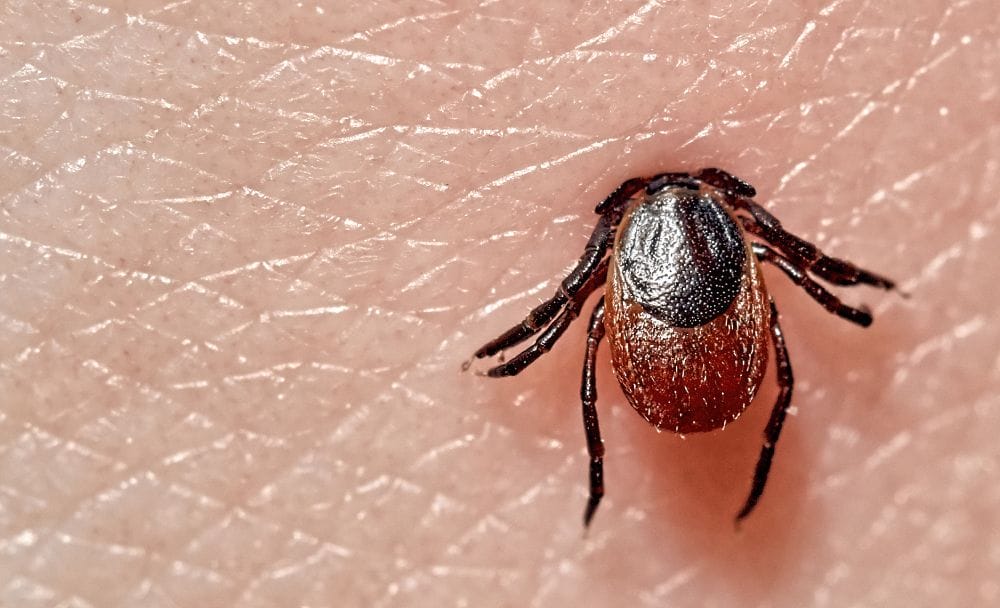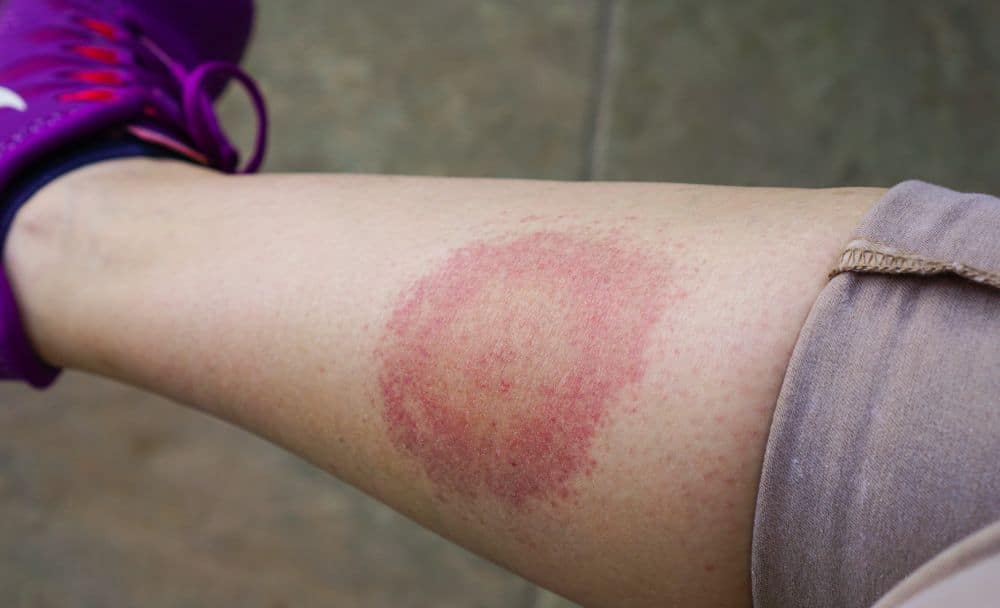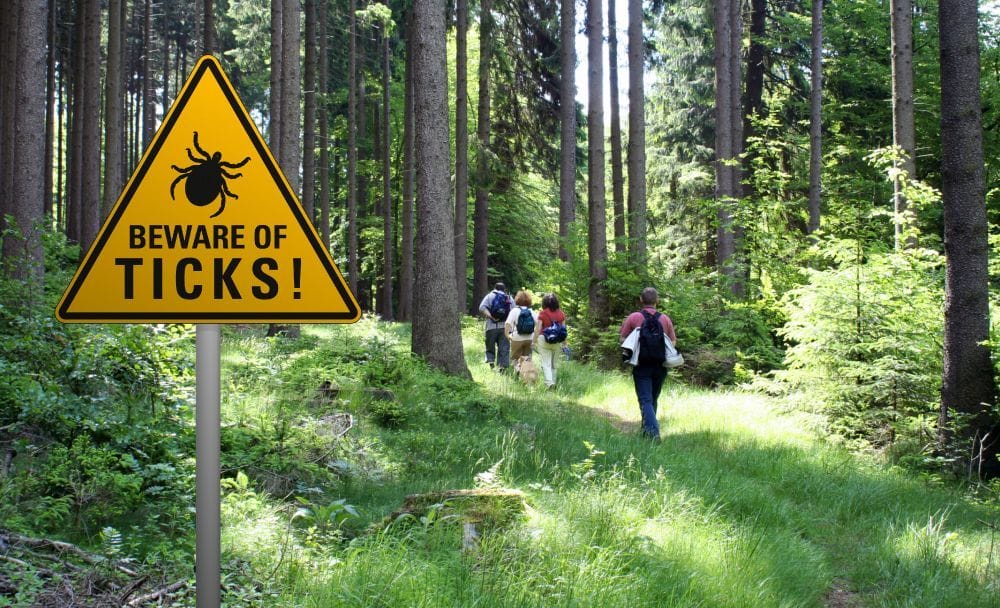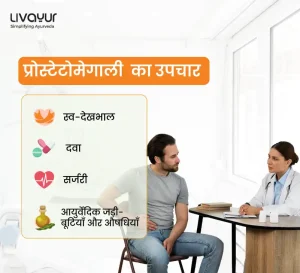
Lyme disease is a multi-organ tick-borne illness that has become increasingly prevalent and typically affects the skin, nervous system, musculoskeletal system, and heart. Lyme disease is caused by the strange bacterium Borrelia burgdorferi, which are ticks of the species Ixodes ricinus, and while it is curative through antibiotics in some cases, many patients end up with chronic symptoms, which do not respond to antibiotics. [1] In this article, we will explore what is Lyme Disease, the Lyme disease symptoms, causes, Lyme Disease treatment options, prevention methods, and more related to Lyme disease.
Symptoms of Lyme Disease

Lyme disease symptoms appear most frequently in spring, summer, and early autumn. This is primarily owing to the life cycle of the ticks that feed on blood only once in each of three stages- larva, nymph, and adult tick. Lyme disease symptoms can vary depending on the stage of infection. The early signs and symptoms may often be mild and easily overlooked. However, if left untreated, Lyme disease can progress and cause more severe symptoms. [1] Here are some common Lyme disease symptoms:
Early Localized Stage:
Within 3 to 30 days after a tick bite, the following Lyme disease symptoms may appear:
Skin lesions:
The most distinctive and common early sign of Lyme disease is a circular Lyme Disease rash called erythema migrans. It usually appears at the lower extremities and the trunk and gradually extends, developing a central clearing and reaching over 5 cm in diameter.
Discoloration of the skin:
There may be a bluish-red skin discoloration with focal hyperpigmentation and edema. [1]
Early diffuse stage:
Two weeks after the tick bite
Spreads to other parts:
There may be additional Lyme disease symptoms, such as distortions in other parts of the body with loss of muscular tone on one or both sides of the face
Other symptoms:
Nausea, severe headaches, stiffness due to meningitis (swelling in knees and joint pain, sleep issues due to severe pain, heart palpitations and dizziness, hepatitis, swollen testicles, and splenomegaly. [2]
Disseminated Stage:
If Lyme disease remains untreated for several months or longer, more severe symptoms may manifest, including:
Additional Lyme Disease rash:
Multiple erythema migrans Lyme Disease rash may develop on other areas of the body, such as a bluish-red nodule appearing usually on the ear lobe or nipple.
Affects other organs:
Other organs may start getting affected with multiple skin lesions whose number may increase to a few dozens.
Joint Pain:
Other Lyme disease symptoms are severe and recurrent episodes of recurrent pain in the bones, joints, and soft tissue that may later develop into arthritis.
Neurological Problems:
The patient may develop Bannwarth syndrome, including lymphocytic meningitis, memory impairment, and cranial nerve palsies. Heart Problems: Atrioventricular blocks of various grades, as well as cases of carditis, exudative peri-carditis, and sometimes pancarditis, have also been reported.
Other symptoms:
Other Lyme disease symptoms, such as dysaesthesia, neurocognitive symptoms, sleep abnormalities, and fatigue, can also be observed. [1]
Causes of Lyme Disease
Lyme disease is caused by the bacterium Borrelia burgdorferi, which is transferred to the human body through the bite of infected ticks (Ixodes ricinus in Europe). When an infected tick bites a human, the bacteria can be transmitted into the bloodstream, leading to Lyme disease.
It’s important to understand that not all ticks are infected with the bacterium, and not all tick bites result in Lyme disease. The risk of getting affected by Lyme disease is influenced by various factors, including geographic location and exposure to ticks. [1]
Treatment of Lyme Disease
Early detection and Lyme Disease treatment are crucial for effectively managing Lyme disease. The standard treatment for Lyme disease involves a course of antibiotics prescribed by a healthcare professional. The specific antibiotic, dosage, and duration of treatment may vary depending on the stage of the disease and individual factors.
Commonly used antibiotics for Lyme Disease treatment include doxycycline, amoxicillin, and cefuroxime. In most cases, oral antibiotics are sufficient for Lyme Disease treatment of early-stage Lyme disease. However, for severe cases or when the infection has spread to the heart and central nervous system, antibiotics such as ceftriaxone, cefotaxime, or penicillin G may be necessary [1], which may have to be induced intravenously as an effective form of Lyme Disease treatment. [2]
Prevention of Lyme Disease

Stopping the ticks from biting is the key to reducing the risk of Lyme disease. Here are some preventive measures to consider:
Avoid Tick-Infested Areas:
When possible, avoid walking through dense vegetation, wooded areas with high grass, and leaf litter where ticks are commonly found.
Tick Repellents:
Apply tick repellent containing 20 to 30% DEET (N, N -diaithyl- m – toluamide) on exposed skin and clothing.
Wear Protective Clothing:
When spending time outdoors in tick-prone areas, wear long-sleeved shirts, long pants, socks, and closed-toe shoes. Tuck your pants into socks and shirts into pants to minimize exposed skin.
Perform Tick Checks:
After being in tick-prone areas, thoroughly check your body for ticks. Pay close attention to areas like the scalp, behind the ears, armpits, groin, and the back of the knees. Remove any ticks promptly. [2]
FAQs
-
- What is the importance of early detection when it comes to Lyme disease?
Early detection as well as treatment are crucial in managing Lyme disease effectively. If you suspect a tick has bitten you or have symptoms consistent with Lyme disease, it’s important to seek medical attention promptly. The healthcare professional will evaluate your symptoms, conduct a physical examination, and may order specific blood tests to detect the presence of Lyme disease. Early treatment alone can help prevent the progression of Lyme disease and the development of more severe symptoms.
-
- Can essential oil treat Lyme Disease?
Certain essential oils have strong antimicrobial agents and can effectively treat Lyme disease. For instance, essential oils extracted from clove bud, oregano, wintergreen, cinnamon bark and citronella can destroy the bacteria causing Lyme disease if applied regularly.
-
- What is the treatment for Lyme disease in Ayurveda?
The most crucial part of treating Lyme disease is detox (panchakarma) therapy. It starts with taking digestive herbs and medicated ghee followed by specific Ayurvedic therapies such as:
-
- Abhyanga (ayurvedic therapeutic oil massage),
- Swedana (herbalism steam therapy)
- Purgation (therapeutic purge of intestines)
- Vasti (oil and decoction enemas)
- Shirodhara (nervous system treatment)
- Nasya (nasal medications)
Conclusion
Lyme disease is a significant health concern, particularly in areas where ticks are prevalent. Recognizing the Lyme disease symptoms, understanding the causes, seeking early treatment, and implementing preventive measures are essential for minimizing the impact of Lyme disease. By understanding Lyme Disease meaning, adopting proactive strategies, and raising awareness, we can better shield ourselves, our family, and our communities from this tick-borne illness.
Disclaimer: This article is written from a health and wellness perspective and is not medical advice. Kindly seek the help of a certified medical practitioner before initiating any treatment.

























